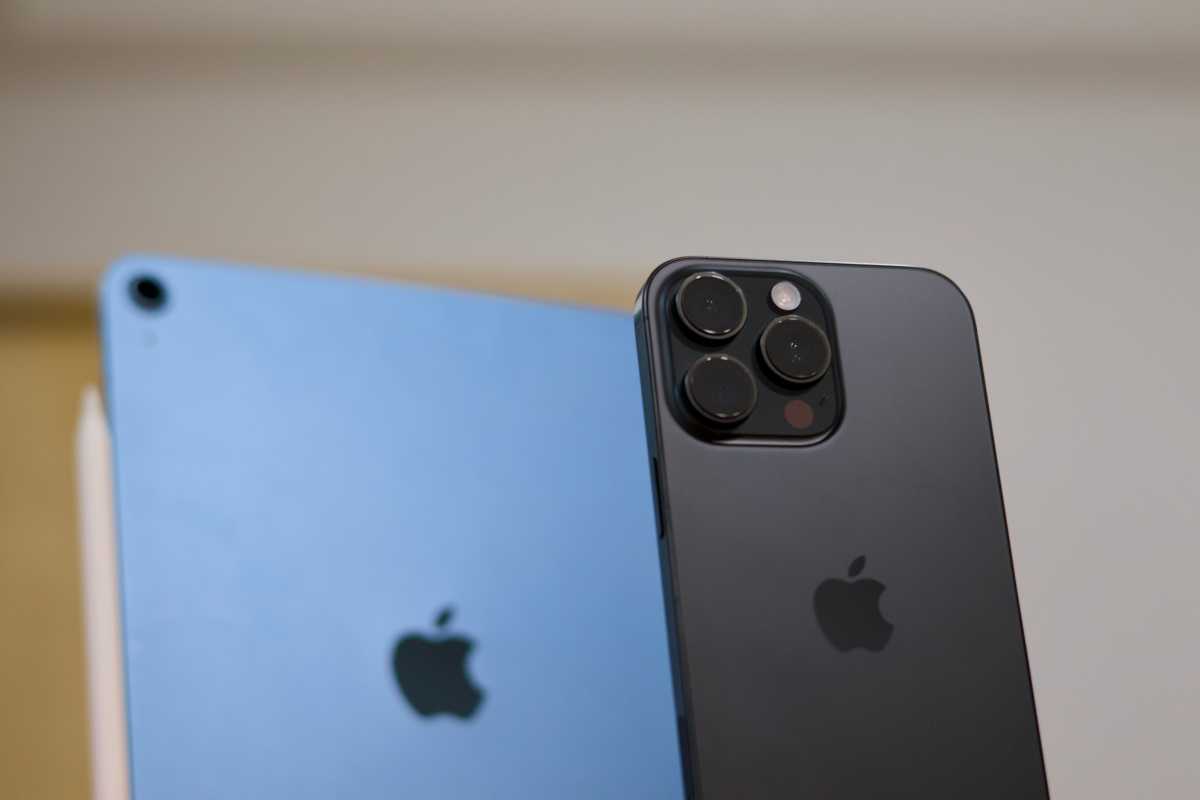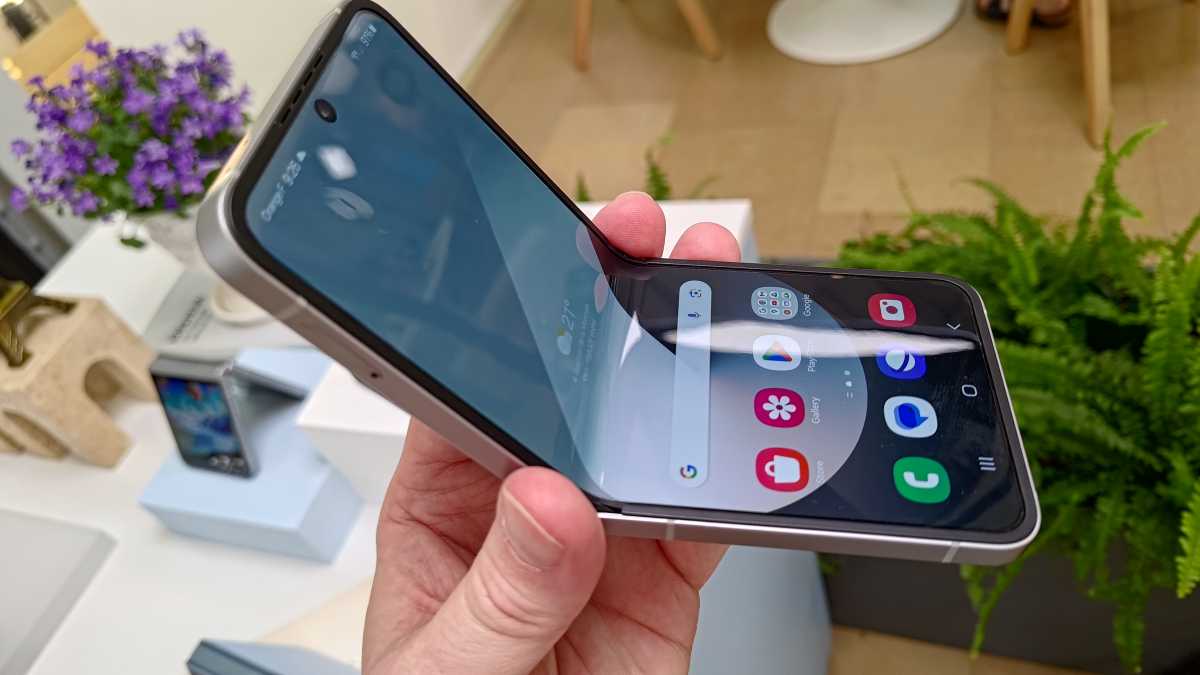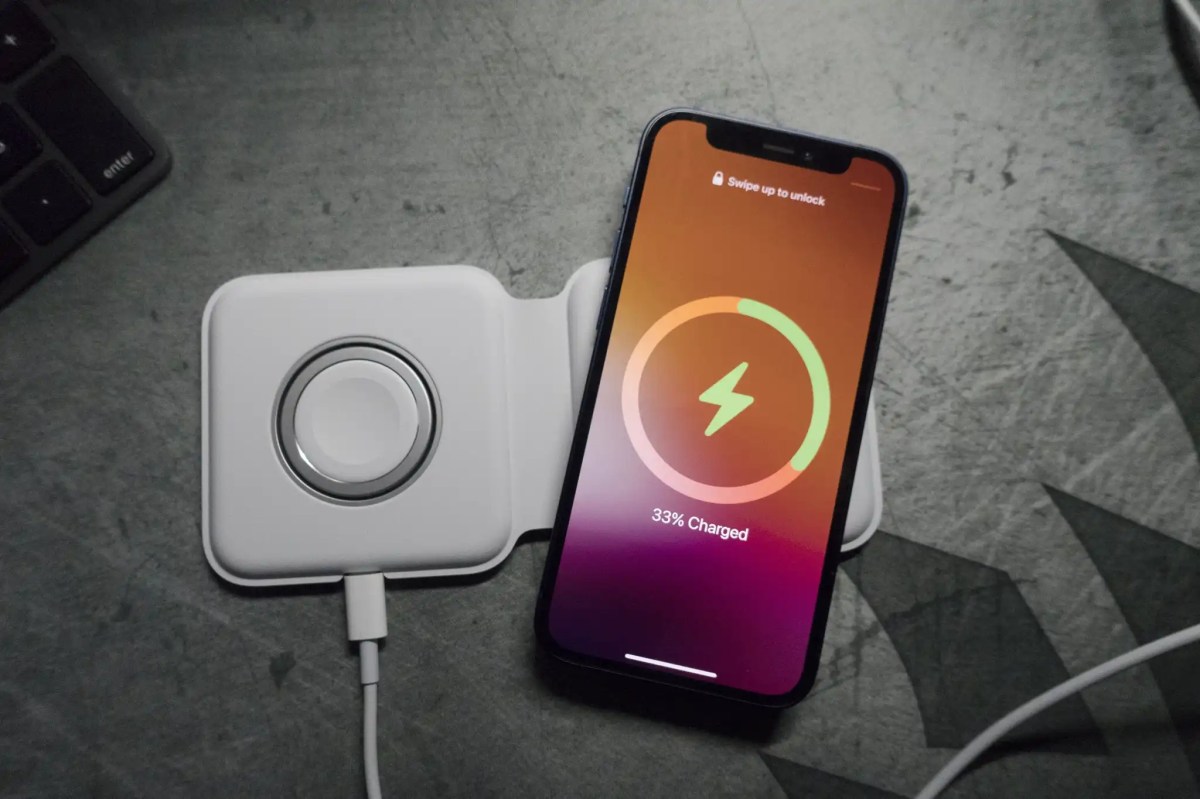
Over the past 10 years, Apple has generally stuck to devices that are predictable and safe, avoiding major new launches or radical changes that might not be rock-solidly reliable. Nevertheless, rivals in the industry sometimes push Apple out of its comfort zone, especially when shareholders demand similar innovations.
The iPhone and iPad excel at their respective tasks in their classic slab form factors. But times change, and Apple is reportedly working on a variety of foldable models—with the first models, an 8-inch iPhone and a massive 19-inch iPad due to arrive as early as next year. While it may seem exciting to imagine what a folding iPhone or iPad might look like, it’s the last thing Apple needs.
Paying more for less
Before Apple launches its first foldable devices, the iPhone 17 Air could give us a glimpse at the general folding formula later this year. Apple is believed to be working on the iPhone 17 Air to experiment with slim devices as a foldable iPhone or iPad would have to be noticeably thin when opened to maintain Apple’s sleek form when folded.
However, the new Air model is rumored to cost at least $100 more than the regular iPhone 17, despite being less capable. To achieve its exceptionally slim design, Apple reportedly needs to exclude flagship perks, including an ultrawide rear lens, a physical SIM card slot in international markets, a Pro chip, stereo speakers, some battery capacity, and other features. So, you’ll essentially be paying more for a newer design with midrange specs.
A recent report specifies some of the foldable iPhone’s similar drawbacks. Analyst Ming-Chi Kuo believes that next year’s 7.8-inch foldable iPhone will cost at least $2,000 and possibly even cross the $2,500 mark. Along with the above compromises, some of which are likely to make their way into a folding phone, Kuo notes that the phone will offer a Touch ID sensor—a significant downgrade from Face ID. So you’re going to be giving up a lot just to get a little more screen.

If you can get an iPhone with an iPad for less than the price of a folding phone, what’s the point.
Foundry
A flipping flop
Now, some may argue that a folding iPhone is worth the higher price. Maybe you’ve seen the Samsung Z Flip and Z Fold devices and feel like you’re missing out. And yes, they are cool and fun for the first few days, but after I used one for a while, I didn’t find that they addressed any existing smartphone flaws or served any meaningful purpose. The concept is cool, but unless Apple can figure out some killer app, I think a folding iPhone should remain a prototype.
For example, the Z Flip’s clamshell form factor offers two main advantages: a more pocketable size and remote shooting. Well, even the largest iPhone 16 Pro Max already fits in most pockets, and you can use it for hands-free photography using the Apple Watch’s built-in camera remote and a basic dock. So a folding iPhone would only do what the iPhone can already do in a different way.

The Samsung Z Flip looks cool but the folding screen is a party trick.
Mattias Inghe
The Z Fold’s design is similarly not worth it, as the Pro Max iPhone display is sufficiently immersive for on-the-go viewing for most users. That’s not to mention that buying an iPhone and iPad separately would actually be a cheaper, more durable investment. And besides, most people use their Apple devices interchangeably when one of them is charging, updating, or out of reach, so two is better than one.
Meanwhile, the foldable iPad will reportedly run a new operating system, possibly even a touch-enabled version of macOS. This is something Apple fans have wanted forever, but there seemingly aren’t any technological restraints stopping Apple from bringing macOS to the iPad right now. And if there are, a hinge won’t fix them.
The iPad Pro already packs a large screen, the capable M4 Mac chip, and offers a MacBook-like keyboard attachment, so making it foldable serves no legitimate productivity purpose over a tablet other than portability. A mightier OS would be great, but if it’s limited to the high-priced folding phone, it would basically make the iPad irrelevant.
Watch the next -gate unfold
If you’re still not convinced by now, you may also want to consider the durability of these devices. Pretty much every foldable on the market develops some form of crease over time. While a report claims Apple is working to figure this one out, the form factor will undoubtedly introduce new challenges. Given the sensitivity of these devices, bending them repeatedly dozens or hundreds of times a day is bound to eventually break something inside them.
Remember Apple’s MagSafe Duo Charger? It was nowhere near as technologically complex as a folding phone, and it broke down after around 200 folds. It didn’t quite rise to the level of antennagate or bendgate, but a folding iPhone with a busted hinge absolutely would. Even with rigorous testing, what guarantees internal components beyond the display itself won’t wear down when users repeatedly fold and unfold their iPhones or iPads? That’s a problem you don’t have with the current lineup of devices.

The MagSafe Duo’s hinge didn’t exactly hold up to wear and tear.
Foundry
Don’t fold under pressure, Apple
Due to pressure from shareholders and competitors, Apple Intelligence was revealed during last year’s WWDC. Nearly a year later, the project remains indefinitely delayed, and the next-gen Siri may be delayed for at least another year. Had it not been for the aforementioned catalysts, I’m certain the company wouldn’t have announced these AI features until this year’s Dub Dub or even the one that follows.
Apple should learn from the Apple Intelligence mishap to stick to its mission and avoid external influence. Android phone brands have long experimented with all sorts of wacky gimmicks, and most of them eventually die out. As much as some corporations hope foldables will be the next smartphone evolution, the statistics simply prove otherwise.
Mainstream foldables have been around for half a decade, yet only about 1 percent of users have adopted them. They’re generally overpriced and riddled with flaws, and most importantly, they fail to elevate the smartphone experience. Apple should know better.






